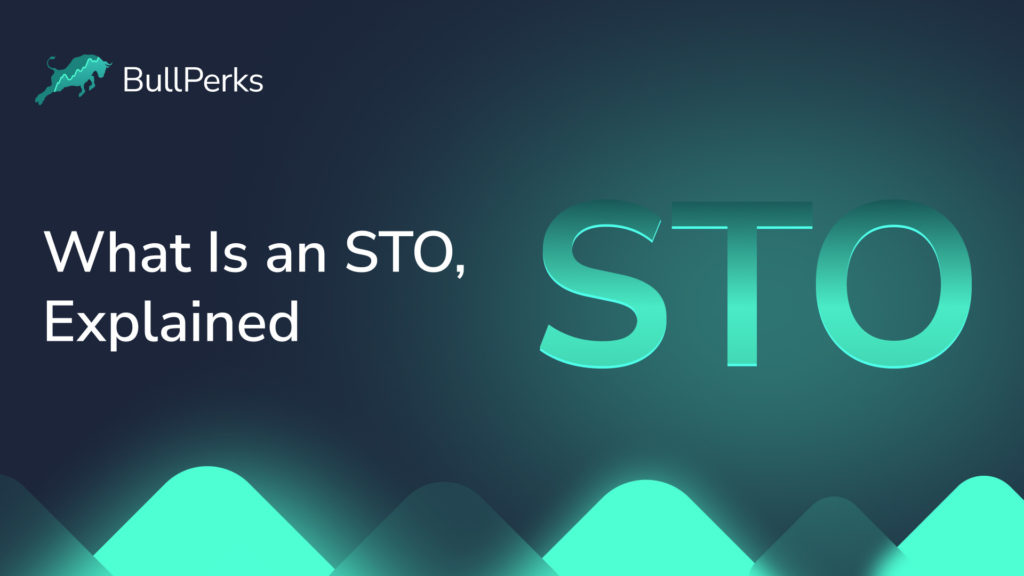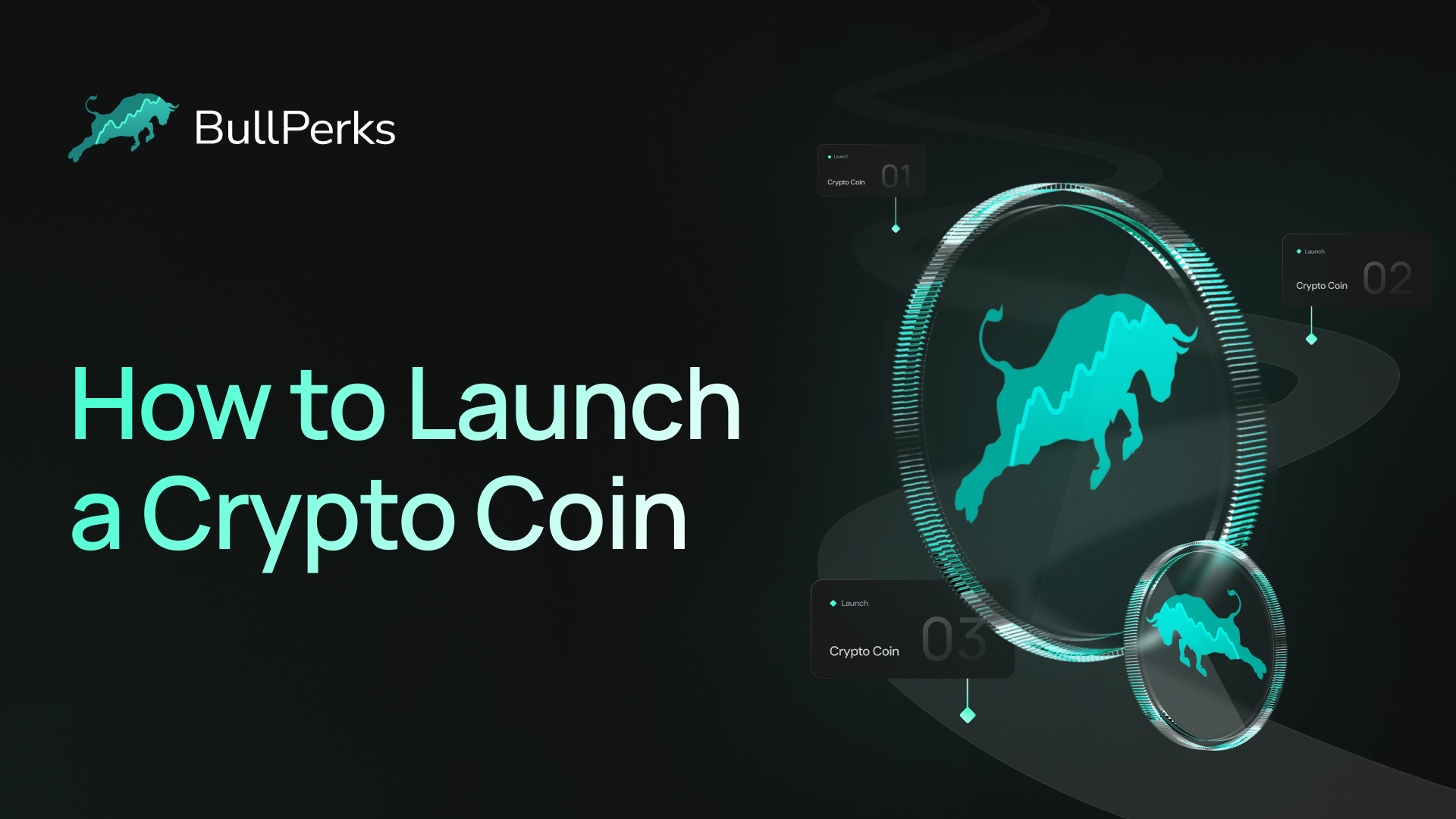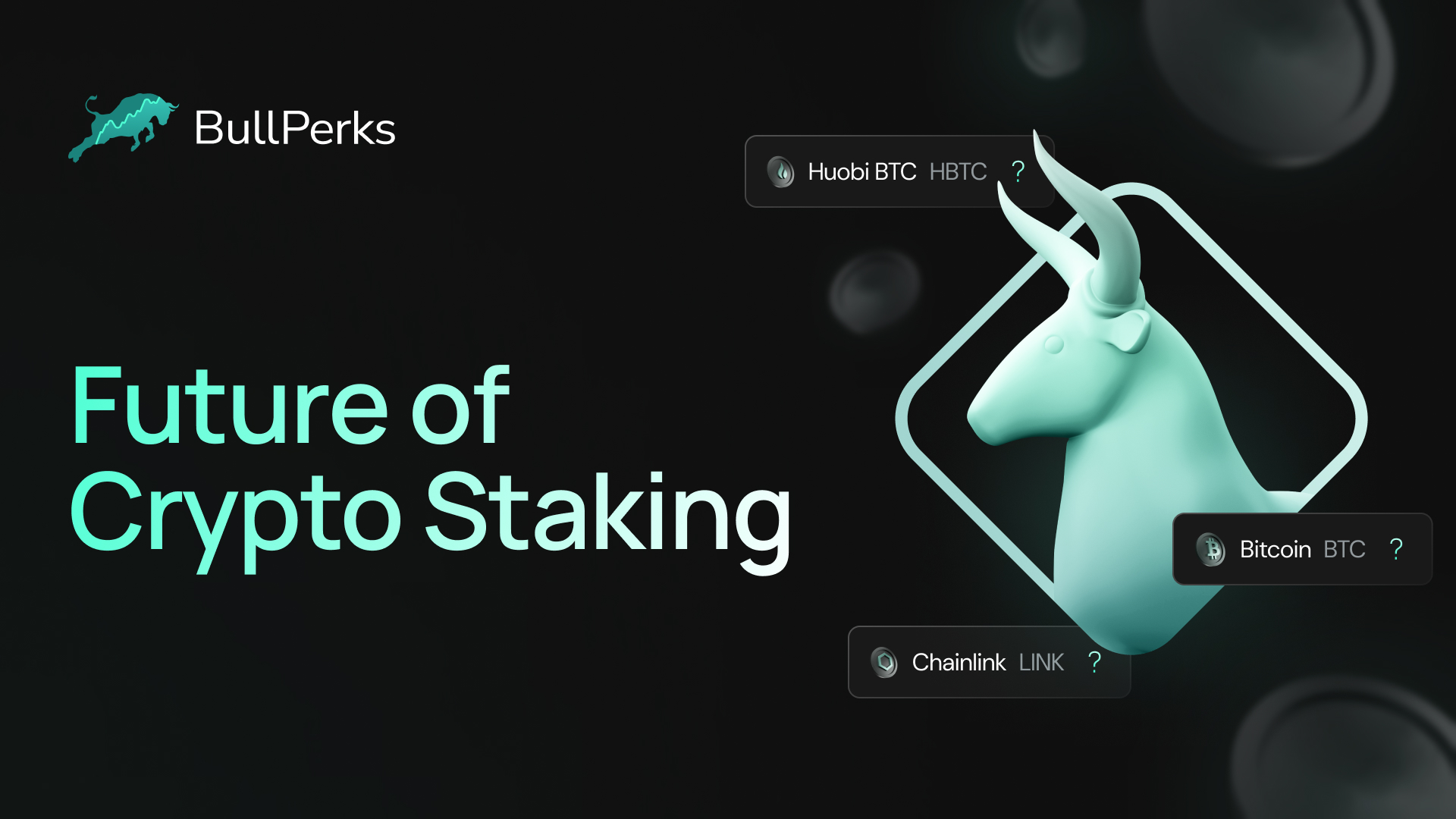
As an innovative alternative to the more commonly known Initial Coin Offerings (ICOs), STOs have garnered significant attention and popularity due to their compatibility with securities regulations, a factor that greatly enhances their credibility and reliability.
In this article, we will unpack the concept of STOs, shedding light on their functionality and why they are becoming an increasingly popular method for raising funds in the digital asset market.
What Is an STO?
A Security Token Offering (STO) is a type of public offering in which the sale of digital tokens to the public is done in exchange for funds. This is somewhat similar to an Initial Coin Offering (ICO). Still, with a key difference - the tokens issued in an STO, known as security tokens, represent an investment contract into an underlying investment asset, such as stocks, bonds, funds, real estate investment trusts (REIT), or other methods of investment.
Security tokens are thus subject to federal laws that govern securities. Compliance with these regulations means that STOs have the potential to present significantly less risk to investors than ICOs; hence they are gaining popularity as a fundraising method among businesses.
These tokens can be traded on a secondary market and are expected to bring several benefits to traditional financial securities, like reduced fees, faster deal execution, expanded potential investor base, and improved liquidity.
In essence, STOs combine the benefits of blockchain technology with the regulatory oversight of traditional securities. It is a new trend in the world of cryptocurrency that attempts to bridge the gap between digital assets and traditional financial markets.
What is the difference between IPO and STO?
An Initial Public Offering (IPO) and a Security Token Offering (STO) are both methods of raising capital, but they differ significantly in their structure, regulation, and the type of assets they offer.
| Comparison | IPO (Initial Public Offering) | STO (Security Token Offering) |
|---|---|---|
| Nature of Assets | Investors buy shares representing equity in a company. These shares are typically traded on traditional stock exchanges. | Investors purchase tokens representing underlying assets or shares of a company. These tokens leverage blockchain technology for issuance and transfer. |
| Regulation | Heavily regulated by financial authorities like the SEC. Companies must meet several requirements before listing on a public exchange. | Subject to regulatory oversight but generally face less stringent regulations than IPOs. Must still comply with securities laws. |
| Accessibility | Often limited to institutional investors or high-net-worth individuals in the early stages. | Potentially more accessible to a broader range of investors, but may be restricted to accredited investors based on jurisdiction. |
| Cost and Speed | Expensive and time-consuming, often taking several months to complete. | Relatively faster and cheaper due to the automation provided by blockchain technology. |
| Market Scope | Typically bound by geographical constraints. | Being digital, has the potential to reach a global investor base. |
- Nature of Assets: In an IPO, investors buy shares that represent equity in a company, effectively becoming owners of a percentage of the company. These shares are typically traded on traditional stock exchanges. On the other hand, in an STO, investors purchase tokens that represent underlying assets or shares of a company. These tokens are digital and leverage blockchain technology for their issuance and transfer.
- Regulation: IPOs are heavily regulated by financial authorities like the SEC (Securities and Exchange Commission) in the United States. Companies must meet several requirements before their shares can be listed on a public exchange. STOs, while still subject to regulatory oversight, generally face less stringent regulations compared to IPOs. However, they still need to comply with securities laws, which adds a layer of protection for investors.
- Accessibility: IPOs are often accessible only to institutional investors or high-net-worth individuals, at least in the early stages of the offering. STOs, meanwhile, can potentially be accessed by a broader range of investors due to their digital nature, although some may be restricted to accredited investors depending on jurisdictional regulations.
- Cost and Speed: Conducting an IPO is usually expensive and time-consuming, often taking several months to complete. STOs, on the other hand, can be relatively faster and cheaper due to the automation possibilities offered by blockchain technology.
- Market Scope: IPOs are typically bound by geographical constraints, whereas STOs, being digital, have the potential to reach a global investor base.
In summary, while both IPOs and STOs are methods for companies to raise funds, they represent different investment models - one traditional and one emerging, with their basis in the rapidly evolving world of blockchain technology.
Benefits of an STO
Security Token Offerings (STOs) have emerged as a revolutionary way for companies to raise capital, offering a host of benefits that set them apart from traditional fundraising methods. Here are the key advantages:
- Regulatory Compliance: The most significant benefit of STOs is their ability to comply with securities regulations. This means that they operate within a legal framework that protects investors, providing a layer of security and assurance that is often absent in other forms of digital asset offerings.
- Greater Liquidity: Security tokens offer increased liquidity compared to traditional investments. Their digital nature allows them to be easily traded on exchanges, enabling investors to buy or sell their holdings without substantial delays or restrictions. This liquidity can make investing in security tokens more appealing to a broader range of investors.
- Efficient Capital Raising: STOs streamline the process of raising capital. Unlike traditional methods that often involve extensive paperwork and long waiting periods for approval from regulators, STOs leverage blockchain technology to automate many aspects of the process. This can significantly reduce the time and cost associated with fundraising.
- Accessibility: By tokenizing assets, companies can divide them into smaller, more affordable units. This allows a wider pool of investors to participate in STOs, increasing accessibility and democratizing investment opportunities.
- Transparency and Trust: Blockchain technology ensures that all transactions are transparent and immutable. This fosters trust among investors, as it becomes virtually impossible to manipulate or alter transaction records.
- Global Reach: Unlike traditional securities, which can be constrained by geographical limitations, STOs have the potential to reach global investors. This expands the potential investor base and can help companies raise funds more effectively.
In summary, STOs offer a secure, efficient, and transparent method of raising capital that aligns with regulatory requirements, providing a promising avenue for both companies seeking funding and investors looking for new opportunities.
How Does an STO Work?
Launching a Security Token Offering (STO) is a systematic and regulated procedure. Its purpose is to ensure transparency and protection for investors. Here's how it typically unfolds:
1. Issuance of a White Paper:
- Description: The company starts by creating a detailed white paper. This document is a blueprint of the offering and provides comprehensive information about it.
- Example: Company XYZ drafts a white paper indicating they want to raise $10 million. The paper elaborates on the nature of the asset, the price per token at $10, how they intend to use the collected funds, and specifies that only accredited investors can participate.
2. Submission for Regulatory Approval:
- Description: The white paper, once ready, is then submitted to relevant regulatory bodies for validation.
- Example: Company XYZ submits their white paper to the SEC (Securities and Exchange Commission) for approval to ensure it meets all legal requirements.
3. Official Launch of the STO:
- Description: Upon obtaining regulatory green light, the STO is officially rolled out. Investors can now buy the security tokens.
- Example: With SEC's nod, Company XYZ lists its security tokens on a cryptocurrency exchange, allowing investors to buy them at the stipulated price of $10 per token.
4. Token Purchase:
- Description: Investors can acquire the security tokens through specific cryptocurrency exchanges or directly from the issuer. These tokens resemble traditional securities as they signify ownership in the asset or company.
- Example: An investor named Alice buys 100 tokens from the exchange, essentially investing $1,000 in Company XYZ's asset.
5. Receiving Returns:
- Description: Post-purchase, token holders are entitled to profits, which are contingent on the performance of the underlying asset.
- Example: As Company XYZ performs well, Alice receives a dividend at the end of the year based on her investment, as promised in the white paper.
The Advantages of Investing in Security Token Offerings (STOs)
Security Token Offerings (STOs) have become a prominent method of raising capital in the modern financial landscape. Here are some of the key benefits of investing in STOs:
1. Enhanced Transparency: STOs are backed by tangible assets, and these offerings are required to provide comprehensive documentation, typically in the form of a white paper. This ensures potential investors have a clear understanding of the offering, the underlying asset, the company's intentions, and the associated risks.
2. Improved Liquidity: Since STOs utilize blockchain technology, the tokens can be traded on various platforms globally. This accessibility provides investors with increased liquidity, making it easier to buy or sell their holdings as desired.
3. Regulatory Compliance: STOs are typically subject to securities regulations in most jurisdictions. This regulatory framework ensures that STOs provide investors with a higher level of protection against fraudulent activities compared to some other types of token offerings.
4. Divisibility of Assets: Through tokenization, large assets (like real estate or art) that are generally illiquid or indivisible can be divided into smaller, more accessible units. This allows retail investors to participate in investment opportunities that would otherwise be out of reach.
5. Automated Compliance: Blockchain technology can incorporate smart contracts, which automatically enforce certain regulations and criteria. For instance, trading restrictions for particular regions or types of investors can be automated, ensuring compliance without manual intervention.
6. Access to Global Markets: The decentralized nature of blockchain technology means that STOs can potentially tap into a global investor base, granting companies access to a broader range of capital sources.
7. Reduced Costs: The use of blockchain for token issuance and trading can streamline processes and automate compliance, potentially reducing the costs associated with traditional fundraising methods.
8. Diverse Investment Opportunities: STOs open the door to a vast array of assets that can be tokenized – from real estate to intellectual property. This diversification allows investors to spread risk and explore novel investment avenues.
9. Enhanced Security: Blockchain technology offers advanced security features. Transactions are immutable, and the distributed ledger system is resilient to single points of failure.
10. Direct Ownership: STO tokens typically represent a direct stake in an underlying asset. This means that, in many cases, token holders have a genuine claim or stake, be it in a property, company shares, or other assets, giving them more direct rights and potentially a say in certain matters.
Conclusion
In conclusion, Security Token Offerings (STOs) represent a significant evolution in the digital asset space. By combining the security of traditional financial systems with the flexibility and efficiency of blockchain technology, STOs offer a promising avenue for businesses to raise capital and for investors to diversify their portfolios. While they are subject to regulatory oversight, this is a key strength of STOs, providing a level of investor protection that is often absent in other forms of digital asset offerings. As the world continues to embrace digital transformation, it's clear that STOs have a pivotal role to play in shaping the future of investment and capital markets.
We hope you understand more about security token offering services, security tokens, equity token holders, how to issue security tokens, security token exchanges, and more. Check out our BullPerks blog for more informative guides and articles!
Would you like to start investing in the most promising crypto projects? Learn how to invest with BullPerks, the fairest and most community-oriented decentralized VC and multichain launchpad!
Disclaimer. This material should not be construed as a basis for making investment decisions or as a recommendation to participate in investment transactions. Trading digital assets may involve significant risks and can result in the loss of invested capital. Therefore, you must ensure that you fully understand the risk involved, consider your level of experience, investment objectives, and seek independent financial advice if necessary.












